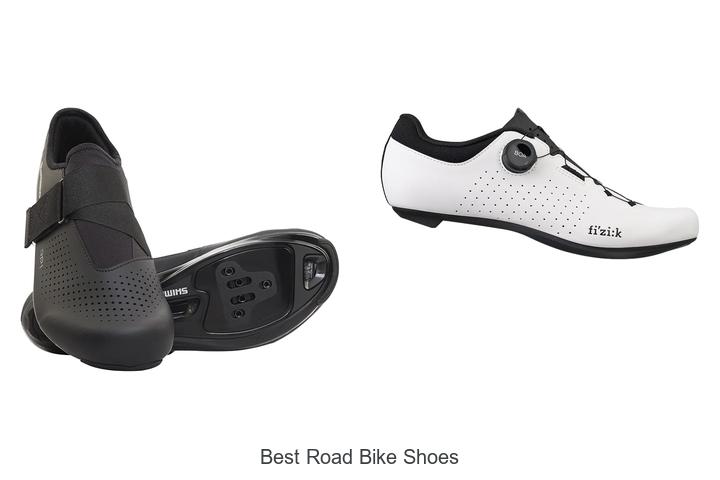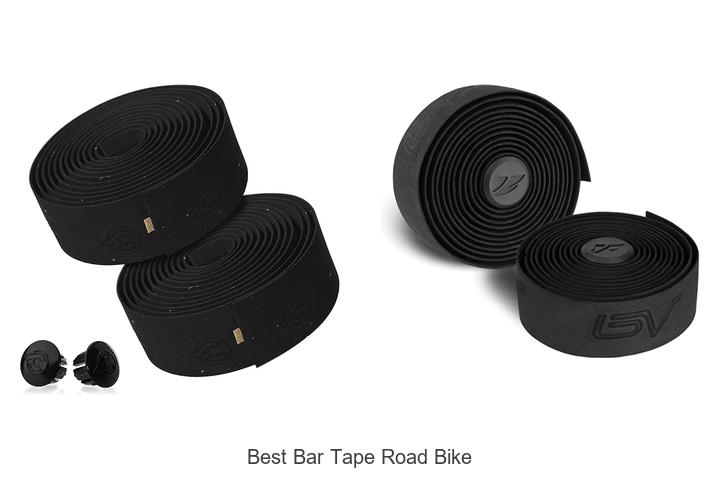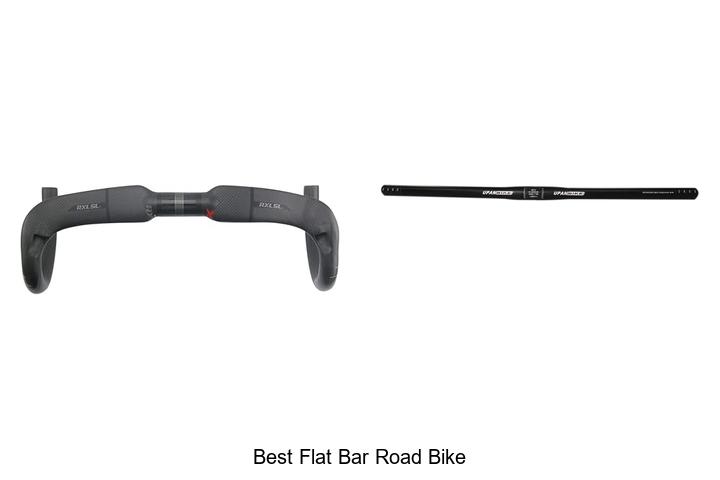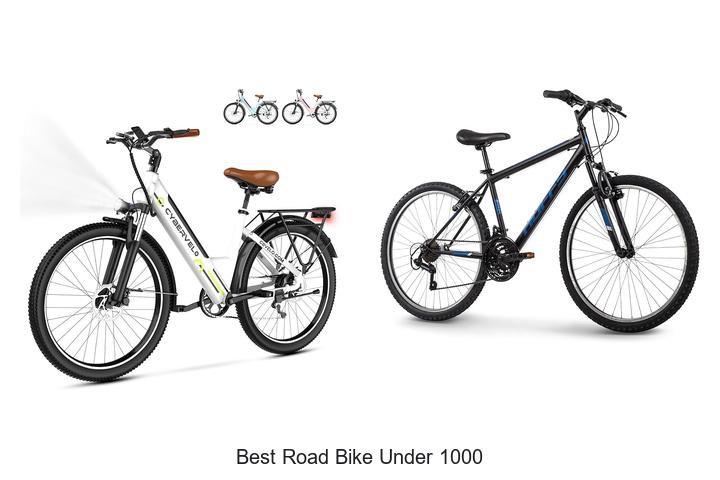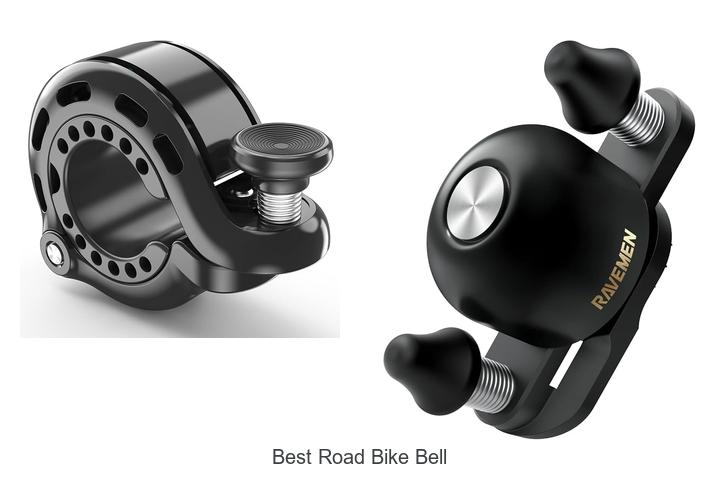How to Size a Road Bike: Find Your Perfect Fit Quickly
Choosing the right size road bike is key to enjoying every ride. A bike that fits you well boosts comfort, improves performance, and helps prevent injuries. But with so many sizes and measurements to consider, figuring out the perfect fit can feel overwhelming.
You don’t have to be an expert to get it right. By understanding a few basic sizing principles and knowing what to measure, you’ll confidently find a bike that suits your body and riding style. Whether you’re a beginner or upgrading your ride, sizing your road bike correctly sets you up for success on the road.
Understanding Road Bike Sizing Basics
Sizing a road bike starts with understanding how bike dimensions affect your riding comfort and efficiency. Getting familiar with key concepts and measurements avoids fit issues and improves your cycling experience.
Importance of Proper Road Bike Fit
A proper road bike fit reduces discomfort and risk of injury by aligning the bike with your body mechanics. It ensures efficient power transfer, maximizing your pedaling output over long distances or intense rides. A well-fitted bike enhances handling and control, which boosts confidence on different terrains. Your overall enjoyment increases when the bike feels natural and responsive.
Key Measurements to Know
Knowing these measurements guides you in choosing the right bike size:
- Inseam Length: Measure from your crotch to the floor. This measurement helps determine the correct frame size and standover height.
- Torso Length: Measure from the base of your neck to your waist. This affects the reach to the handlebars and comfort in the riding position.
- Arm Length: Measure from shoulder to wrist to estimate handlebar reach and positioning.
- Height: While height offers a general estimate, detailed measurements provide a more precise fit.
- Top Tube Length: This frame dimension influences your reach and upper body posture.
- Seat Tube Length: Indicates the potential seat height and overall frame size.
Tracking these measurements helps you compare with manufacturer sizing charts and adjust components like saddles and stems for a perfect fit.
How to Measure Your Body for Road Bike Sizing
Accurate body measurements form the foundation for selecting the right road bike size. You need precise data on your inseam, torso, arms, reach, and stack to match your frame dimensions effectively.
Measuring Inseam Length
Stand barefoot with your back against a wall and feet 6 to 8 inches apart. Place a book or flat object snugly between your legs, pressing upwards as if it represents a bike saddle. Measure from the floor to the top edge of this object using a tape measure. Your inseam length, expressed in centimeters or inches, directly affects the seat tube height and standover clearance of your road bike.
Checking Torso and Arm Length
Sit upright on a flat surface, keeping your back straight. Measure from the top of your sternum (just below your neck) to your crotch for torso length. Then, extend one arm to the side and measure from the center of your chest to the wrist bone for arm length. These two measurements help determine the effective top tube length and handlebar reach needed for comfortable riding posture.
Calculating Reach and Stack
Reach measures the horizontal distance from the center of the bottom bracket to the top-center of the head tube, while stack measures the vertical distance between these points. Use your torso and arm lengths to estimate these values, or reference sizing charts based on your combined measurements. Reach and stack govern your cockpit positioning, affecting handling and rider comfort during extended rides.
Interpreting Road Bike Frame Sizes
Selecting a road bike involves understanding how frame sizes correspond to your body measurements. Interpreting these sizes correctly helps you pick a bike that aligns with your riding style and comfort needs.
Differences Between Manufacturers
Frame sizing varies widely across manufacturers due to design philosophies and geometry differences. Some brands base size on seat tube length, others on effective top tube length. Geometry variations affect reach and stack measurements, altering how the bike fits your body. Models targeting endurance riding often offer more relaxed geometry with taller stack heights and shorter reach, while racing frames tend to have aggressive positioning with lower stacks and longer reaches. Always compare your measurements against the specific sizing charts provided by each manufacturer to ensure the best match.
Numeric vs. Small/Medium/Large Sizing
Some brands use numeric frame sizes, typically measured in centimeters, corresponding to the seat tube length or effective top tube length. Others opt for general sizes such as Small, Medium, or Large, which correspond to a range of measurements rather than exact numbers. Numeric sizing provides a more precise indication of frame dimensions, but categorical sizing offers simplicity for casual shoppers. When sizes are categorical, check geometry specs and manufacturer recommendations, as Small in one brand may equal Medium in another. Use detailed geometry charts to refine your choice when exact body measurement matching is necessary.
Tips for Choosing the Right Road Bike Size
Choosing the right road bike size involves more than just measurements. You must factor in your riding style, flexibility, and personal preferences to achieve comfort and control.
Considering Riding Style and Flexibility
Match your bike size to your intended riding style to enhance performance. If you opt for aggressive road racing, select a bike with a longer reach and lower stack to encourage a more aerodynamic posture. If endurance riding or casual cycling suits you, choose a bike with a shorter reach and higher stack that supports a more upright position. Assess your flexibility; a flexible rider can manage a more stretched position, while limited flexibility calls for a more relaxed geometry. These considerations reduce strain, prevent injury, and maintain comfort on longer rides.
Test Riding and Adjustments
Test riding several bikes in your size range confirms your choice more than numbers alone. Pay attention to standover clearance, handlebar reach, and saddle height during the ride. A comfortable test ride should feel balanced with no excessive stretching or knee overextension. Make incremental adjustments to saddle position, handlebar height, and stem length for fine-tuning. Use these adjustments to tailor the fit to your body and riding style, enhancing control and reducing fatigue.
Conclusion
Getting the right road bike size sets the foundation for a more enjoyable and efficient ride. When your bike fits well, you’ll feel more comfortable and confident, whether you’re cruising or pushing your limits.
Remember that sizing isn’t just about numbers—it’s about how the bike feels and suits your unique body and riding style. Taking the time to measure yourself accurately and test ride different options will pay off with better performance and less fatigue.
With the right fit, every ride becomes more rewarding, helping you get the most out of your road cycling experience.
Frequently Asked Questions
Why is choosing the right size road bike important?
Choosing the right size road bike ensures comfort, improves performance, and helps prevent injuries. A well-fitting bike allows for efficient power transfer and reduces fatigue, making rides more enjoyable.
What body measurements are essential for road bike sizing?
Key measurements include inseam length, torso length, arm length, reach, stack, and overall height. These help match your body to the bike’s frame dimensions for a proper fit.
How do I measure my inseam for bike fitting?
Stand with your feet about 6-8 inches apart and measure from the floor up to your crotch. This measurement helps determine the correct seat tube height and standover clearance on the bike.
What is the difference between numeric and categorical bike sizing?
Numeric sizing usually refers to seat tube length in centimeters, while categorical sizing uses labels like Small, Medium, or Large. Always check brand-specific charts as sizing standards vary.
How does riding style affect bike size choice?
Racing riders often prefer a longer reach and lower stack for an aggressive position, while endurance riders opt for a shorter reach and higher stack for comfort over long distances.
Can I adjust my bike if the size isn’t perfect?
Yes, adjustments like saddle height, handlebar position, and stem length can improve fit. However, a frame that’s too big or small can limit comfort and control despite adjustments.
Should beginners test ride multiple bikes before buying?
Yes, test riding various bikes helps gauge comfort, fit, and handling. It’s the best way to see how different sizes and geometries feel before making a purchase.
Why do bike sizes vary across manufacturers?
Manufacturers use different geometry designs and sizing standards, affecting measurements like reach and stack. Always consult specific sizing charts for each brand to find the best fit.
